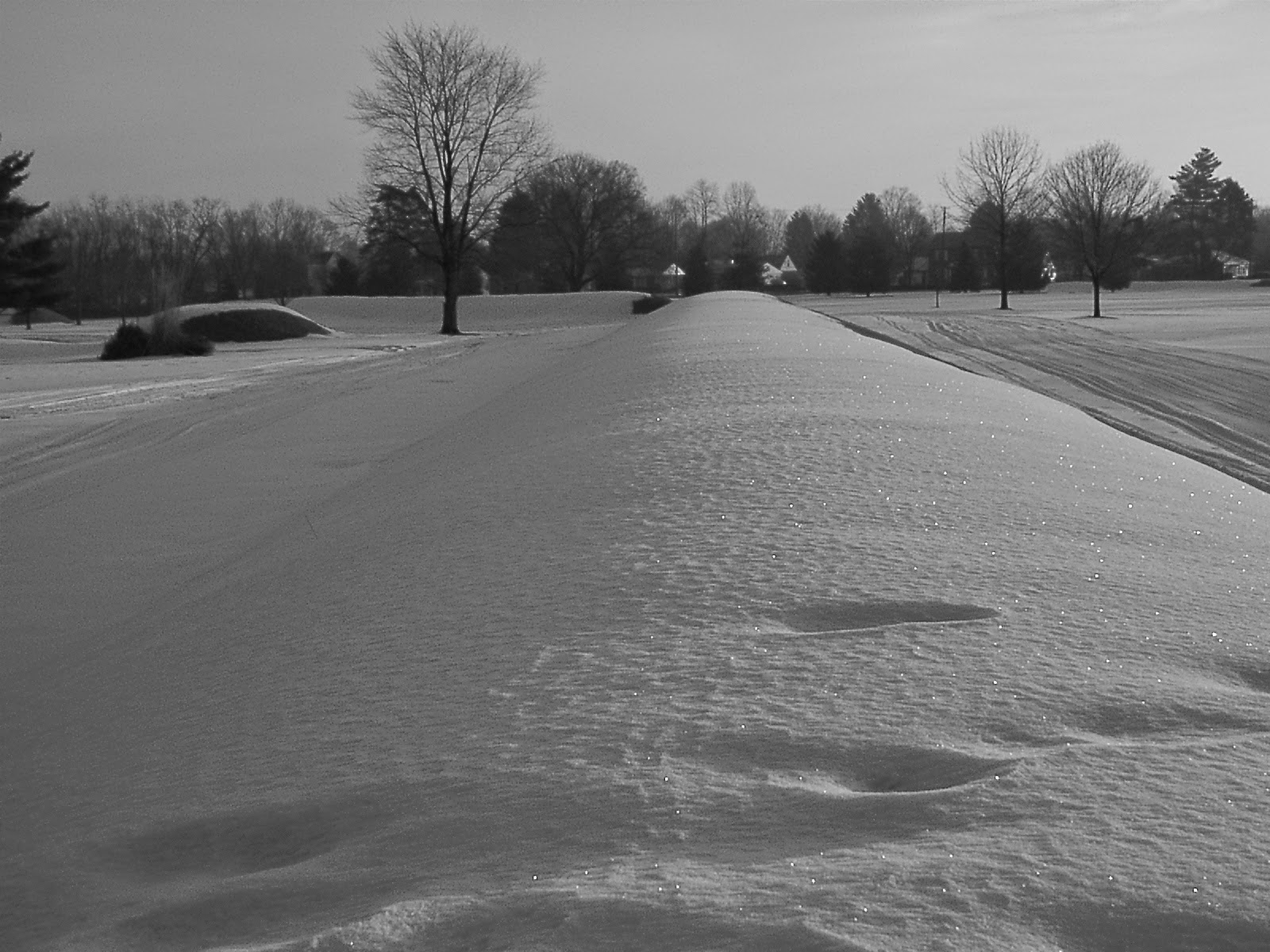Avebury, England, and Portsmouth, Ohio Sister Earthworks
The similarities between the Avebury Serpentine work and Portsmouth are striking. Grand avenues that are draped over a solar symbol representing the rejuvenation of the solar deity.
In Wiltshire, England, are prehistoric remains of great extent supposed to be the work of the Druids. The so-called " Temple of Abury consisted originally of a grand circumvallation of earth 1,250 feet in diameter, enclosing an area of upwards of twenty-two acres. It has an inner ditch, and the height of the embankment, measuring from the bottom of the ditch, is seventeen feet. It is quite regular, though not an exact circle in form, and has four entrances placed at unequal distances apart, though nearly at right angles to each other. Within this grand circle were originally two double or concentric circles, composed of massive upright stones; a row of large stones, one hundred in number, were placed upon the inner brow of the ditch. Extending upon either hand from this grand central structure, where parallel lines of huge upright stones, constituting upon each side, avenues upwards of a mile in length. These formed the body of the serpent. Each avenue consisted of two hundred stones. The head of the serpent was represented by an oval structure, consisting of two concentric lines of upright stones; the outer line containing forty, the inner eighteen stones. This head rests on an eminence * * * from which is commanded a view of the entire structure, winding back for more than two miles to the point of the tail. * * * About midway, in a right line between the extremities of the avenues, is placed a huge mound of earth, known as Silsbury Hill, [which] is supposed by some, Dr. Stukely among the number, to be a monumental structure erected over the bones of a King or Arch-Druid." — Squier, 234. " The circumference of the [above] hill, as near the base as possible, measured two thousand and twenty-seven feet, the diameter at the top one hundred and twenty feet, the sloping height three hundred and sixteen feet, and the perpendicular height one hundred and seventy feet." It contains over 13,500.000 cubic feet. — Hoare, Is there a connection between the Avebury works and those if the Ohio Valley. A Nephilim giant queen is discovered in Ohio https://www.mysteriesofancientamerica.com/2020/07/ancient-giantess-nephilim-queen-of.html



.jpg)



















